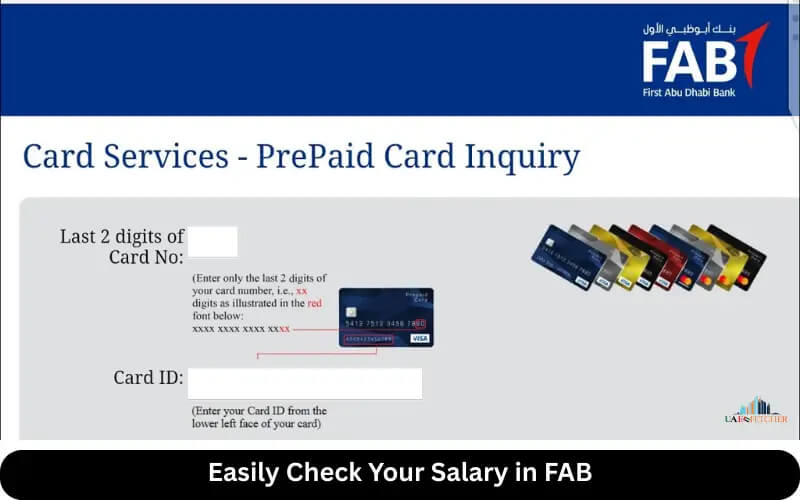Understanding FAB (Feature, Advantage, Benefit) Balance
October 21, 2025 | by IoT Development Company

In the dynamic world of marketing and sales, the ability to effectively communicate the value of your offerings is essential. One of the most effective frameworks for achieving this is the FAB model, which stands for Features, Advantages, and Benefits. Understanding how to maintain an appropriate FAB balance is crucial for engaging your audience and driving conversions. In this article, we will explore the nuances of the FAB model, delve into the significance of achieving a balanced approach, and discuss how to conduct a FAB balance check.
What is the FAB Model?
The FAB model is a structured methodology used to articulate the value of a product or service. Each component plays a unique role in conveying this value:
- Features: These are the tangible attributes of a product or service. Features describe what a product is or what it does. For example, an electric vehicle might feature a long-range battery and advanced safety systems.
- Advantages: This element explains the practical benefits of the features. Advantages highlight how a feature enhances the user experience or provides a competitive edge. For instance, a long-range battery allows users to travel further without needing to recharge frequently.
- Benefits: Benefits focus on the ultimate value or satisfaction the customer gains from using the product. This aspect answers the critical question: “How does this improve my life?” In our electric vehicle example, the benefit may be the freedom to travel long distances without the hassle of frequent stops for charging.
The Importance of FAB Balance
Achieving the right balance between features, advantages, and benefits is essential for effective communication. Many marketers fall into the trap of overemphasizing features, which can dilute the overall message. Here are a few reasons why a balanced approach is vital:
- Emotional Connection: Focusing on benefits creates an emotional connection with the audience. Customers are more likely to resonate with messages that address their needs and aspirations rather than just listing technical specifications.
- Clarity in Communication: A well-balanced FAB presentation simplifies the decision-making process for customers. By clearly articulating how features translate into meaningful advantages and benefits, you guide potential buyers toward understanding the product’s true value.
- Competitive Differentiation: In a saturated market, a strong FAB balance can set your offering apart from competitors. By effectively communicating how your product meets customer needs better than others, you create a compelling case for why they should choose you.
Conducting a FAB Balance Check
To maintain effective communication, regular FAB balance checks are essential. Here’s a step-by-step guide to help you evaluate your messaging:
- Identify Your Target Audience: Understanding who your customers are is the foundation of your FAB balance. Different demographics may prioritize different aspects of your offering, so tailor your message accordingly.
- List Your Features: Compile a comprehensive list of your product or service features. This step provides a foundation for the subsequent evaluation of advantages and benefits.
- Define Advantages: For each feature, identify the specific advantages it offers. Consider how it enhances user experience or distinguishes your offering from competitors.
- Articulate Benefits: Translate the advantages into tangible benefits. What problems does your product solve? How does it improve the customer’s quality of life? This emotional appeal is crucial for connecting with your audience.
- Assess the Overall Balance: Review your FAB presentation as a whole. Are you emphasizing features too heavily? Are the benefits compelling and clearly communicated? Aim for a harmonious balance that highlights all three components without overwhelming the audience.
- Seek Feedback: After refining your FAB presentation, gather feedback from colleagues or potential customers. This fresh perspective can help identify areas for improvement and ensure your message resonates.
Case Study: Implementing FAB Balance at UAE Fetcher
Consider how UAE Fetcher, a leading platform providing tailored products and services in the UAE, effectively utilizes the FAB model. Let’s examine how they might present a new home delivery service:
- Features: The service offers same-day delivery, real-time tracking, and a user-friendly app.
- Advantages: Same-day delivery ensures that customers receive their orders quickly, while real-time tracking provides peace of mind about their delivery status. The user-friendly app simplifies the ordering process.
- Benefits: Customers can enjoy the convenience of receiving their purchases without the wait, allowing them to focus on what matters most in their lives. The peace of mind from tracking their order enhances the overall customer experience.
In this example, UAE Fetcher effectively balances features, advantages, and benefits, creating a compelling narrative that speaks directly to customer needs and desires.
Conclusion
Understanding and effectively implementing the FAB model is crucial for anyone involved in sales and marketing. By recognizing the importance of FAB balance, you can improve your communication strategy, engage your audience meaningfully, and ultimately drive sales. Regularly conducting a FAB balance check helps ensure that your messaging remains clear and impactful, allowing you to distinguish yourself in a competitive marketplace.
Whether you’re an experienced marketer or just starting, mastering the FAB balance can transform your approach. Embrace this framework, and watch your ability to connect with customers flourish. For more insights and resources on effective marketing strategies, be sure to check out UAE Fetcher, where we are dedicated to empowering your business with the tools you need to succeed.
RELATED POSTS
View all



